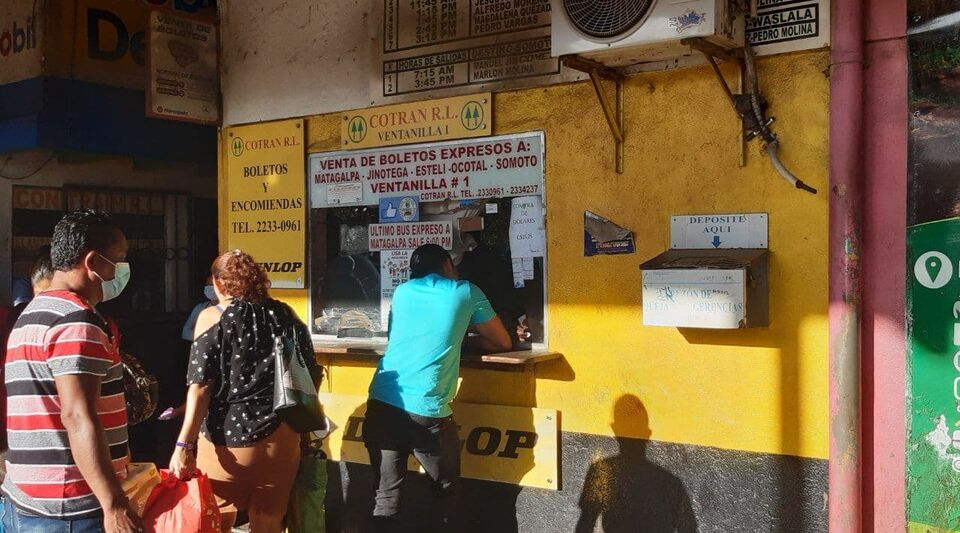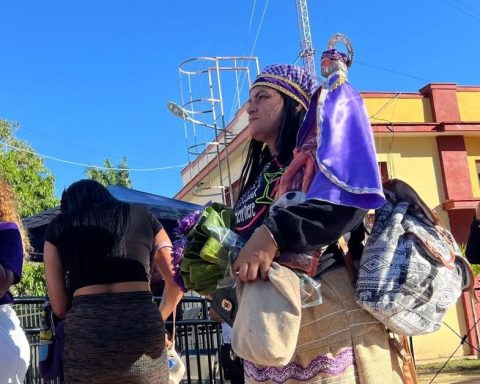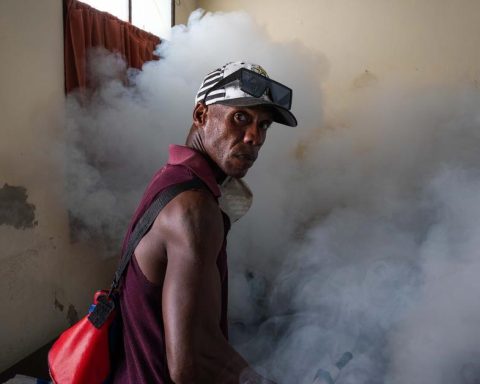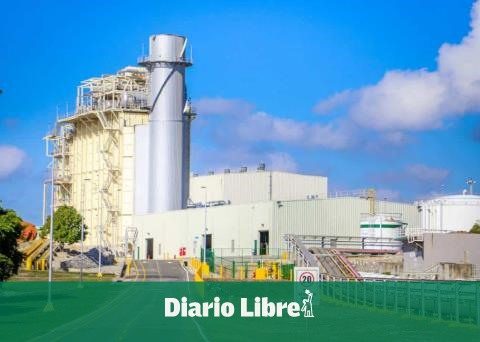Nicaragua’s visa exemption to Cuba caused an increase of more than 1,100% in arrivals of Cubans to the Central American country at its start. According to official datapublished this Thursday by the Nicaraguan newspaper The confidential, In December 2021, the first full month with the new rule in force, 6,178 people from the island arrived in Managua, 1,118.5% more than the previous month, when 507 arrived.
But already that November the disproportionate and vertiginous increase is noticeable. The visa exemption came into force on the 22nd, but just in those days the jump was just as considerable despite the fact that the numbers are not so impressive. In October, only 42 Cubans had arrived in Nicaragua, so, a month later, those 507 already mentioned, accounted for 1,107% more.
The figures do nothing but quantify what is evidence: thousands of Cubans flee through what is already known as the “volcano route” to escape the lack of freedoms and the always chronic, but aggravated, misery of the Island. Nicaraguan president Daniel Ortega has lent his partner, the Cuban regime, a base for departure to the United States that, for many analysts, fulfills the triple objective of pressuring Washington to negotiate in exchange for reducing the flow of people who They crowd the border, serve as an escape route for a mass of dissatisfied population that threatens to explode against the regime and capture foreign exchange through the emigrants.
It is not the first time that Nicaragua lends itself to this mission. In January 2019, Ortega introduced flexibility for the first time to obtain a tourist visa for Cubans. The consequence was the first large mass escape through that point. The Nicaraguan borders received 44,829 Cubans that year, 64 times more than the previous year, when only 701 arrived. In percentage terms, an increase of 6,295%. If the pace of December is maintained throughout this year, something that judging by the perception from the Island could be more than viable, that figure could pale in 2022.
Although there are no statistics on the translation of those numbers into arrivals in the United States at a time when, with Donald Trump in office, the figures were reduced to a minimum, it was tangible that many of those travelers returned to Cuba. With a more favorable international economic context, Managua served less than now as a point of departure and much as a commercial center for Cubans who filled their suitcases to fatten up the island’s informal market.
The forecast was that 2020 would have a similar behavior. In the first quarter, 15,357 Cubans arrived in Nicaragua, but the pandemic changed everything, in an integral way. In November the borders were reopened and 97 people arrived from the Island; a month later they did 1,588, a peak that would take a long time to repeat itself.
In 2021 the profile was already different. The pandemic, which experienced its worst moment in Cuba that year, slightly contained travel, which remained scarce but stable throughout the first 10 months. Although there were moments of rise, such as January with 311 or April with 133, others left really low figures, such as August 18 or September 5. The great leap occurs with the exemption of visas, which opens the possibility of not going shopping in Nicaragua to return to the Island.
Now, with tourism at a minimum, with the population suffocated by high prices – and very often in foreign currency – and the US border more open to emigration, Cubans sell everything and flee via Nicaragua.
However, the road has suffered complications, since there are no direct flights between Havana and Managua and some countries began to require a transit visa, including Panamathe main transit area thanks to its Copa airline.
Between December 2021 and April 2022, 102,168 Cubans were detained by the Customs and Border Protection Office, most of them after making a trip by land that started in Nicaragua, according to a senior official anonymously told The New York newspaper. Times.
________________________
Collaborate with our work:
The team of 14ymedio is committed to doing serious journalism that reflects the reality of deep Cuba. Thank you for joining us on this long road. We invite you to continue supporting us, but this time becoming a member of our journal. Together we can continue transforming journalism in Cuba.

















